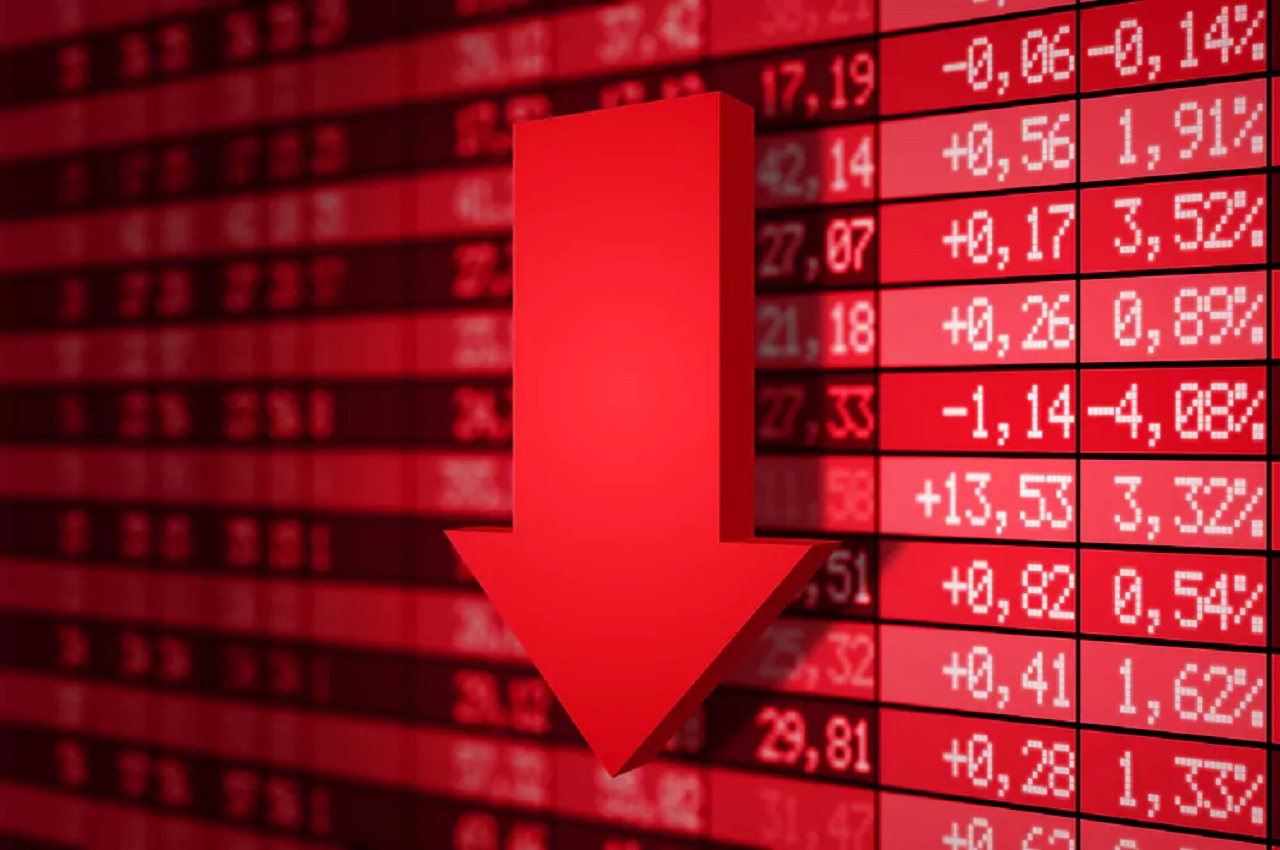Bitcoin’s Resilience Amid Nasdaq Turmoil
Bitcoin (BTC) has recently demonstrated remarkable stability, even as the Nasdaq index faces significant turmoil due to escalating trade tensions driven by new tariffs. This stability has sparked a wave of excitement among market participants, who are increasingly viewing the cryptocurrency as a potential haven asset. However, it is crucial for bulls to remain vigilant, particularly in the bond market, where dynamics reminiscent of the COVID-19 crash in March 2020 may be resurfacing.
The Nasdaq, renowned as Wall Street’s tech-heavy index and noted for its positive correlation with Bitcoin, has experienced an 11% decline since President Donald Trump announced reciprocal tariffs on 180 nations on Wednesday. This declaration has intensified trade tensions and provoked retaliatory measures from China. As a result, other U.S. indices and global markets have also suffered, alongside sharp declines in risk currencies like the Australian dollar and a notable pullback in gold prices.
In contrast, Bitcoin has maintained its footing, trading consistently above $80,000. This resilience is increasingly regarded as a sign of Bitcoin’s maturation into a macro hedge. According to David Hernandez, a crypto investment specialist at 21Shares, “The S&P 500 is down roughly 5% this week as investors brace for trade-driven earnings headwinds. Bitcoin, meanwhile, has shown impressive resilience. After briefly dipping below $82,000, it rebounded quickly, reinforcing its status as a macro hedge in times of economic stress. Its relative strength could continue to attract institutional inflows if broad market volatility persists.”
This perception of stability could evolve into a self-fulfilling prophecy, potentially solidifying Bitcoin’s standing as a haven asset for the foreseeable future, as noted by MacroScope on platform X.
Treasury Basis Trade Risks
Nevertheless, sharp downside volatility in the short term remains a possibility, especially given the risks associated with the “Treasury market basis trade,” which is facing heightened turbulence due to fluctuating bond prices. The basis trade involves highly leveraged hedge funds, reportedly operating with leverage ratios of up to 50-to-1, capitalizing on minor price discrepancies between Treasury futures and securities. This strategy experienced a catastrophic blowup in mid-March 2020, as the coronavirus pandemic threatened to derail the global economy, triggering a “dash for cash” that resulted in widespread asset liquidation for dollar liquidity. On March 12, 2020, Bitcoin saw a staggering decline of nearly 40%.
Robin Brooks, managing director and chief economist at the International Institute of Finance, cautioned, “When market volatility spikes—as it is currently—it exposes highly leveraged carry trades that are vulnerable to significant market movements. The disruption in the U.S. Treasury market in March 2020, which impacted basis carry trades, serves as a recent example. The risk of leveraged carry trade blowups is high.”
This risk is amplified by the sheer size of the basis trade, which stood at $1 trillion as of the end of March, double the amount recorded in March 2020. The positioning is such that a mere one basis point move in Treasury yields (which inversely correlate with prices) could result in a $600 million shift in the value of these hedged bets, as reported by ZeroHedge.
As a result, increased volatility in Treasury yields could trigger a COVID-like blowup, leading to a broad sell-off across all assets, including Bitcoin, as investors scramble for cash. On Friday, the MOVE index, which reflects the options-based implied or expected 30-day volatility in the U.S. Treasury market, surged 12% to 125.70, marking the highest level since November 4, according to data from TradingView.
The urgency of the situation is highlighted by a recent paper from the Brookings Institution, which recommends that the Federal Reserve consider targeted interventions in the U.S. Treasury market, especially to support hedge funds engaged in basis trading during periods of intense market stress.
As we look ahead, it will be interesting to observe how these dynamics unfold in the coming week.







